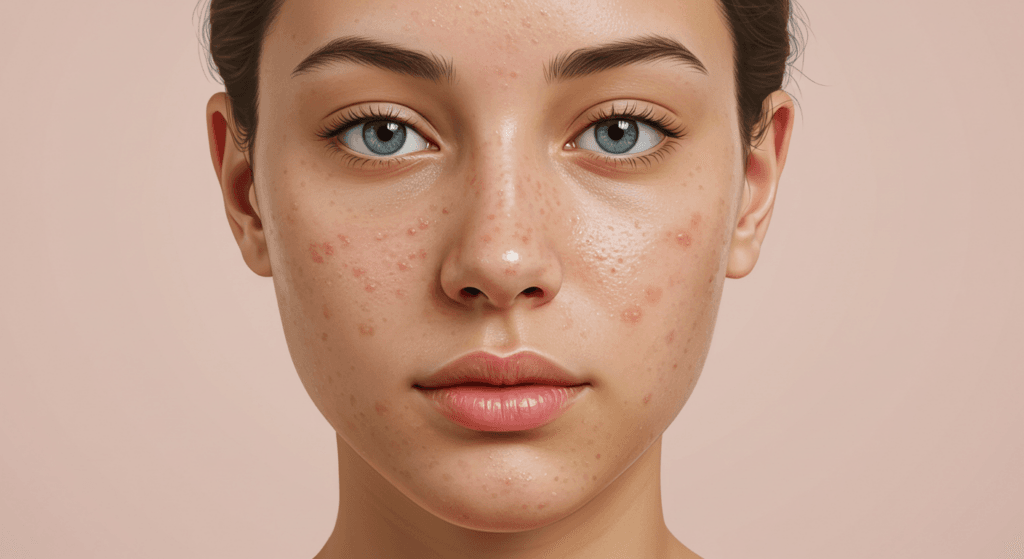Acne, a common skin condition affecting millions, can significantly impact self-esteem and confidence. While complete acne clearance takes time and consistency, there are strategies to expedite the process and achieve clearer skin. This article outlines a practical approach to tackling acne, focusing on understanding its types, identifying effective treatments, implementing quick fixes, and building a sustainable long-term skincare plan.
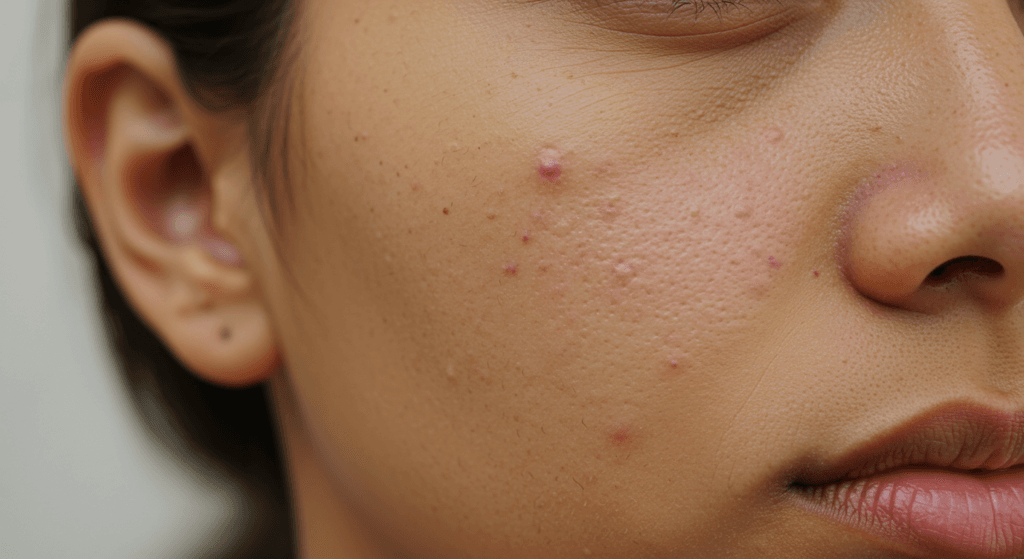
Understanding Your Acne Type
Acne presents in various forms, and understanding your specific type is crucial for effective treatment. Non-inflammatory acne, like blackheads (open comedones) and whiteheads (closed comedones), involves clogged pores without significant inflammation. Inflammatory acne, on the other hand, includes papules (small red bumps), pustules (pus-filled bumps), nodules (larger, deeper bumps), and cysts (painful, pus-filled lumps). Knowing the difference is key because treatments vary. For example, a simple exfoliant might suffice for blackheads, while inflammatory acne may require stronger topical medications. Finally, some individuals experience a combination of these types.
Accurate identification often requires a professional assessment. Self-diagnosis can be misleading, leading to ineffective treatments and potential skin damage. A dermatologist can differentiate between acne and other skin conditions mimicking it, such as rosacea or folliculitis. They can also assess the severity of your acne, guiding you towards the most appropriate treatment strategy. Don’t hesitate to seek professional help if you’re unsure about your acne type or if your acne is severe or persistent. A proper diagnosis is the cornerstone of effective treatment.
The location of your acne can also provide clues. Hormonal acne often appears along the jawline and chin, while acne mechanica is frequently seen in areas prone to friction, such as the forehead under a helmet or along the cheeks from phone use. Understanding the underlying cause can help target treatment more effectively. For instance, if your acne is triggered by certain cosmetics, switching to non-comedogenic products is crucial. Similarly, if hormonal fluctuations are a contributing factor, addressing these underlying issues may be necessary.
Ultimately, understanding your acne type is a collaborative effort between you and a dermatologist. By working together, you can develop a personalized treatment plan that addresses your specific needs and concerns. Remember, patience and consistency are vital for achieving long-term results. Avoid self-treating with aggressive methods, as this can worsen your acne and lead to scarring.
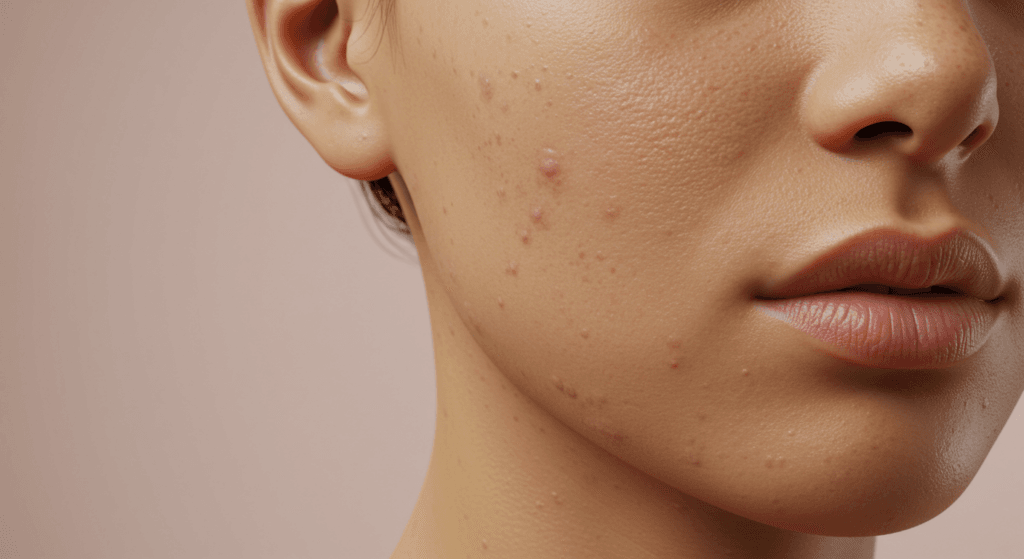
Identifying Effective Treatments
Several effective treatments are available for acne, ranging from over-the-counter options to prescription medications. Topical treatments, applied directly to the skin, often include retinoids (like tretinoin or adapalene), benzoyl peroxide, and salicylic acid. These work by unclogging pores, reducing inflammation, and killing acne-causing bacteria. Retinoids are particularly effective at increasing cell turnover, preventing future breakouts. Benzoyl peroxide is a potent antibacterial agent, while salicylic acid helps exfoliate the skin.
For moderate to severe acne, oral medications may be necessary. Antibiotics, such as tetracycline or minocycline, can help control bacterial infections associated with acne. Isotretinoin (Accutane), a powerful medication, is reserved for severe, recalcitrant acne that hasn’t responded to other treatments. However, it carries potential side effects and requires careful monitoring by a dermatologist. Hormonal therapies, such as birth control pills, may be beneficial for women with acne linked to hormonal imbalances.
Professional treatments offered by dermatologists include chemical peels, microdermabrasion, and laser treatments. Chemical peels use acids to exfoliate the skin, removing dead skin cells and improving skin texture. Microdermabrasion uses a fine abrasive instrument to exfoliate the skin’s surface. Laser treatments target acne lesions and reduce inflammation. The choice of treatment will depend on the severity and type of acne, as well as individual patient factors.
Remember, consistency is key with any acne treatment. It may take several weeks or even months to see significant improvement. Don’t get discouraged if you don’t see results immediately. Patience and adherence to your dermatologist’s recommendations are crucial for achieving long-term success. Always discuss potential side effects and interactions with your doctor before starting any new treatment.
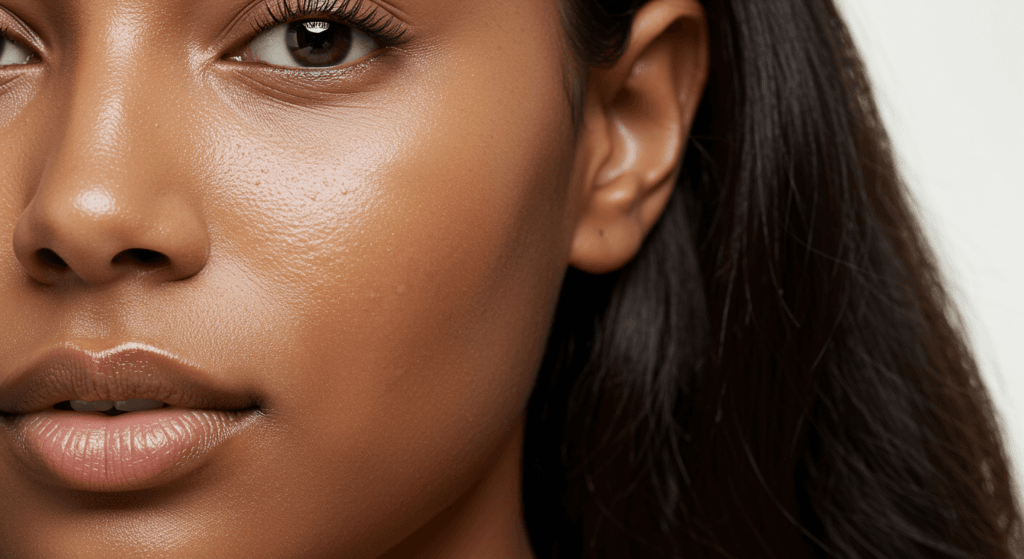
Quick Fixes for Immediate Relief
While long-term solutions are essential for acne management, certain quick fixes can provide immediate relief from inflammation and redness. Applying a cold compress to inflamed pimples can reduce swelling and soothe irritation. The cold temperature constricts blood vessels, minimizing redness. Ensure the compress is clean to prevent infection. Repeat this process several times a day for optimal results.
Spot treatments containing benzoyl peroxide or salicylic acid can help dry out pimples and reduce their size. Apply these directly to the affected area, taking care not to spread the product to unaffected skin. Overuse can lead to dryness and irritation. Follow the product instructions carefully and discontinue use if irritation occurs. These spot treatments provide a targeted approach, offering faster relief than broader treatments.
Gentle cleansing is crucial for removing excess oil and dirt that can contribute to acne breakouts. Use a mild, non-comedogenic cleanser twice daily, avoiding harsh scrubbing. Over-washing can strip the skin of its natural oils, leading to increased oil production and potentially worsening acne. Opt for cleansers specifically formulated for acne-prone skin. Remember to pat your skin dry gently instead of rubbing.
While quick fixes offer temporary relief, they shouldn’t replace a comprehensive skincare routine. They are best used in conjunction with a long-term strategy to address the underlying causes of acne. Avoid picking or squeezing pimples, as this can lead to scarring and infection. Instead, focus on gentle cleansing, spot treatments, and cold compresses to minimize inflammation and promote healing.
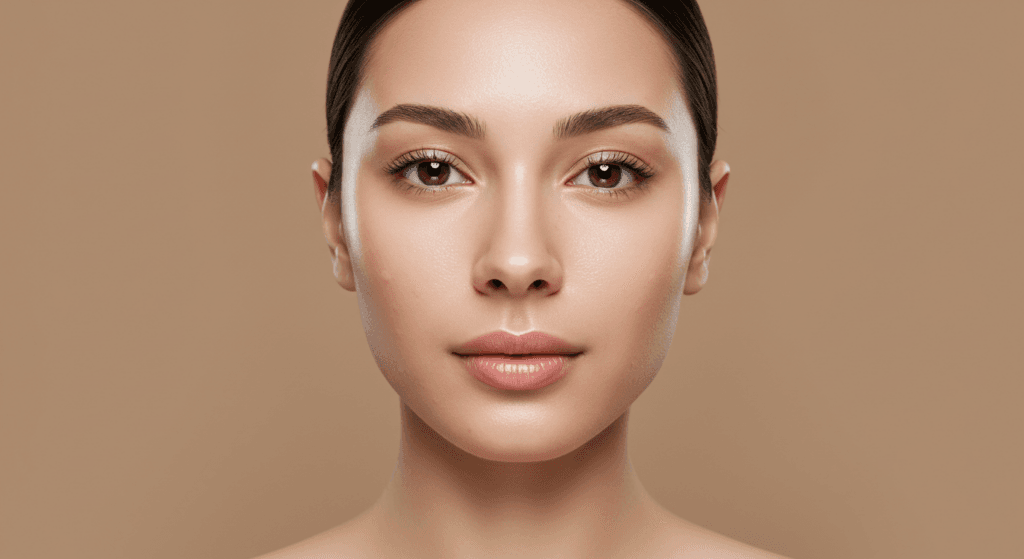
Building a Long-Term Skincare Plan
A successful long-term skincare plan involves consistent daily habits and the right product choices. Start with a gentle, non-comedogenic cleanser suitable for your skin type. This will remove excess oil and dirt without stripping your skin’s natural moisture barrier. Cleanse twice daily, morning and night, avoiding harsh scrubbing. Follow cleansing with a lightweight, oil-free moisturizer to keep your skin hydrated. Dehydrated skin can actually stimulate more oil production, worsening acne.
Incorporate a topical treatment as recommended by your dermatologist. This might include retinoids, benzoyl peroxide, or salicylic acid. Start slowly, using the product less frequently initially to allow your skin to adjust. Gradually increase the frequency as tolerated. Remember that retinoids can increase sun sensitivity, so always use sunscreen with an SPF of 30 or higher during the day. Consistency is paramount; don’t skip applications, even if you don’t see immediate results.
Diet and lifestyle play a significant role in acne management. While there’s no single “acne diet,” a balanced diet rich in fruits, vegetables, and whole grains is generally beneficial. Staying hydrated by drinking plenty of water is also crucial for healthy skin. Managing stress through techniques like exercise, yoga, or meditation can also positively impact your skin. Stress can exacerbate acne, so finding healthy coping mechanisms is important.
Regular visits to your dermatologist are essential for monitoring your progress and adjusting your treatment plan as needed. They can assess your skin’s response to treatment, identify any potential side effects, and make necessary adjustments to optimize your results. Open communication with your dermatologist is key to achieving the best possible outcome. Remember, clearing acne is a journey, not a race. Patience, consistency, and professional guidance are vital for long-term success.
Clearing acne requires a multifaceted approach encompassing understanding your skin type, selecting appropriate treatments, utilizing quick fixes for immediate relief, and establishing a consistent long-term skincare plan. While quick fixes can provide temporary relief, a comprehensive strategy involving professional guidance and consistent self-care is crucial for achieving clear, healthy skin. Remember to consult a dermatologist for personalized advice and treatment tailored to your specific needs.
Discover the expertise of Dr. Ebru Okyay, your trusted dermatologist in Antalya. Whether you’re looking to address medical skin concerns or enhance your natural beauty with cosmetic treatments, Dr. Okyay is here to help. With personalized care and advanced techniques, achieving your skin goals has never been easier.
